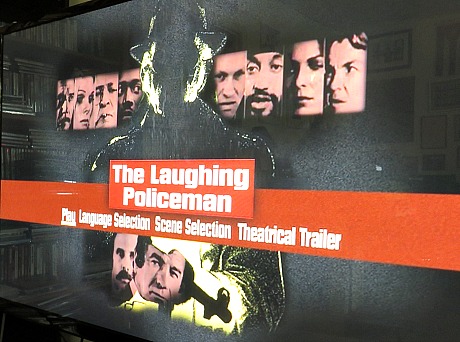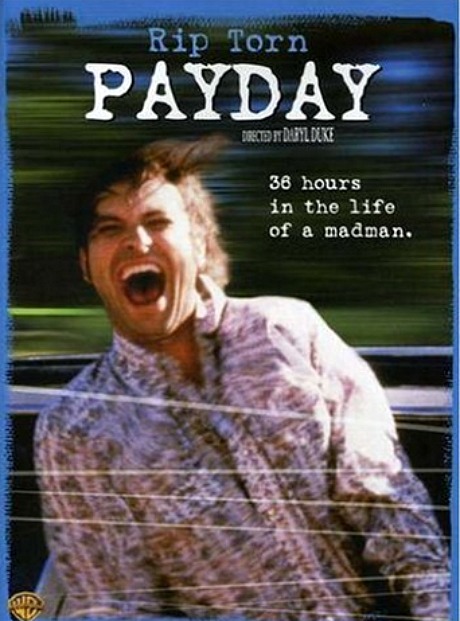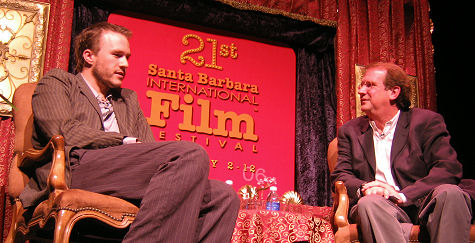The National Society of Film critics has given its Best Picture prize to Joel and Ethan Coen‘s Inside Llewyn Davis — the second reputable group (after the Toronto Film Critics Association) to see through the melancholia and stand up for this brilliantly sardonic mood-trip whatever. At the same time the NSFC blew off Martin Scorsese‘s The Wolf of Wall Street in all categories. A little too radical, guys? Pushes things too far, not enough punishment for Belfort, etc.?
The Coens also won for Best Director, beating out Gravity‘s Alfonso Cuaron and 12 Years A Slave‘s Steve McQueen. Inside Llewyn Davis‘s Oscar Isaac won for Best Actor (Ejiofor and Redford were top runners-ups) and Blue Jasmine‘s Cate Blanchett won for Best Actress. To the NSFC’s credit, Blue Is The Warmest Color‘s Adele Exarchopoulos was the first runner-up to Blanchett.
They gave their Best Suppporting Actor prize to Spring Breakers‘ James Franco…the fuck? More so than Dallas Buyers Club‘s Jared Leto and The Wolf of Wall Street‘s Jonah Hill?
This Franco crap has gone far enough, all right? He played that part with his gold teeth and his corn rows and his pumped-up muscles and “mah sheeyit.” Not once did I say as I watched Spring Breakers, “Wow, Franco’s really nailing it here”…not once!






